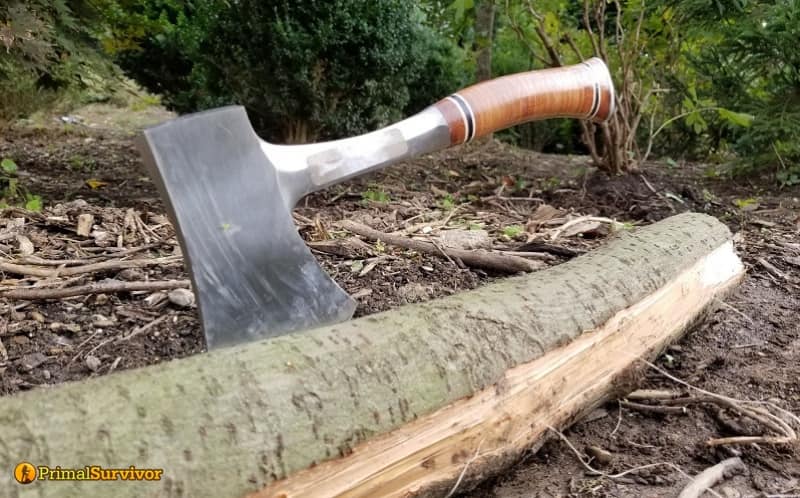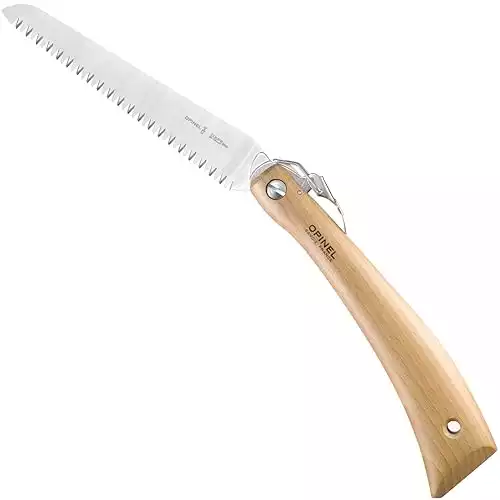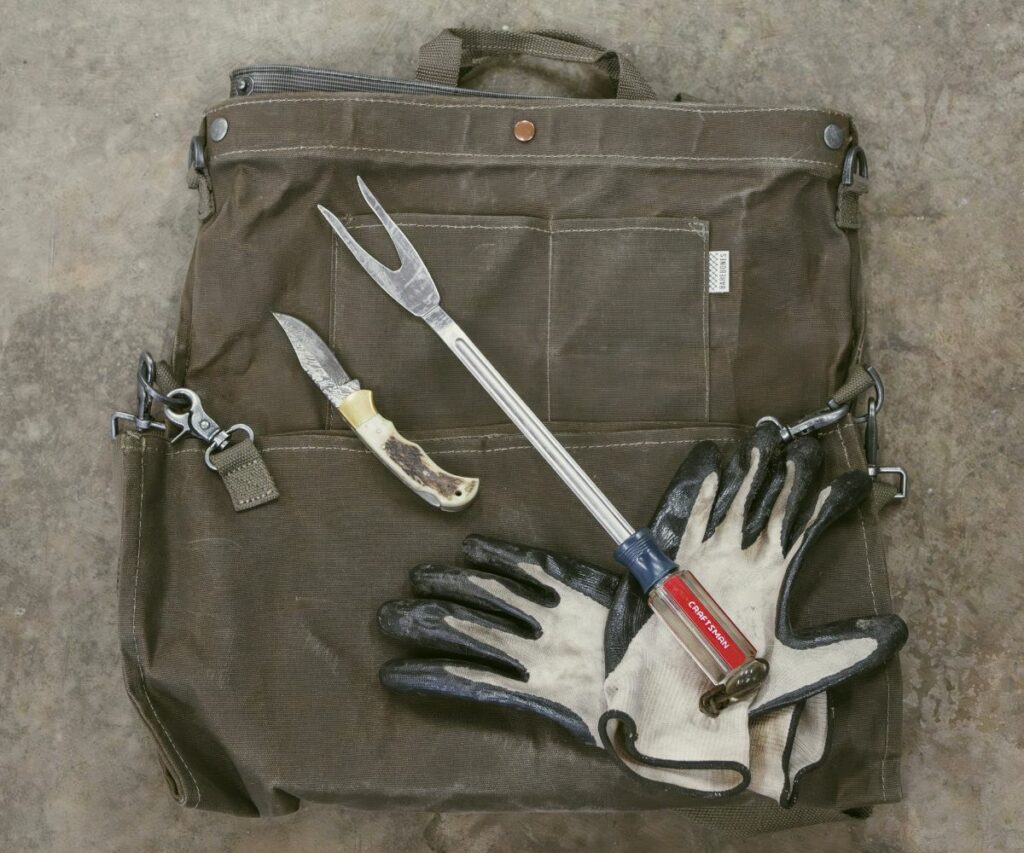(Continued from Part 2. This concludes the article.)
Why I will continue to homestead
It’s really fun to watch videos of the perfect “permaculture” setup. It’s quite another to implement it. Sitting down and thinking it all through is a great idea, even drawing up plans – which will require you to know the lay of your land, the slopes, the direction the wind comes from, where the morning sun comes up, what shadows are thrown during the day, the climate and growing zone, etc. But, what if you have no idea what you’re doing?
When I started out, I only wanted chickens. Then I decided that goats were the way to go to keep the land cleared. Then I tried meat rabbits. Well, the goats were given away sooner rather than later because they don’t graze the land, they browse the bushes and trees. Sheep are much better grazers, but I wasn’t ready for sheep and I knew nothing about them. I got some breeding rabbits for all the right reasons – low cost, small footprint, easy reproduction, great source of protein on a small scale… Absolutely beautiful rabbits, but it’s way too hot and humid where I live for the rabbits to be happy. I had no way to keep them cool so I gave them away. Then I got a bee in my bonnet for a milk cow, then that morphed into 3, and there were calves involved. Of all the animals, I love the cows the most. Then I decided I could get a couple of feeder pigs, then purchased a breeding group. Lord have mercy! I do like the pigs, but I’ve learned that I need a lot more electric fencing than I have.
Of all the animals I’ve “tried out”, I can say, hands down, the milk cow is my favorite. I have trained two “first time fresheners”, meaning a heifer who calves for the first time, to milk. No small thing to help the cow understand that her milk is not just for her calf, but for me. And I had no idea what I was doing at first. I read some books and talked to a lot of people more experienced than myself, and I learned just by doing it. Cows have magnificent body language that will tell you exactly how they feel, if you pay attention. And they will learn to trust you if you treat them well, and give them a reason to. My dairy girls line up at the gate, right on time, every morning, and wait for me to let them in, one by one, to be milked. I rarely have to call them in. I always thank them for their milk. Oh, occasionally there will be a little kick, but most likely if one of them is displeased they will swat me right across the face with their tail. They have really good aim with their tails too. I am thankful when the tail does not have…













 It’s important to gear up properly when harvesting and processing cacti to stay safe and well fed in any situation.
It’s important to gear up properly when harvesting and processing cacti to stay safe and well fed in any situation. 
